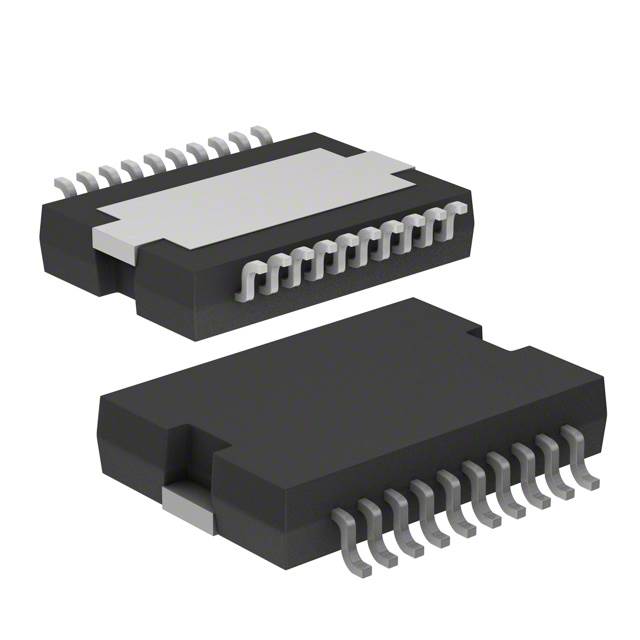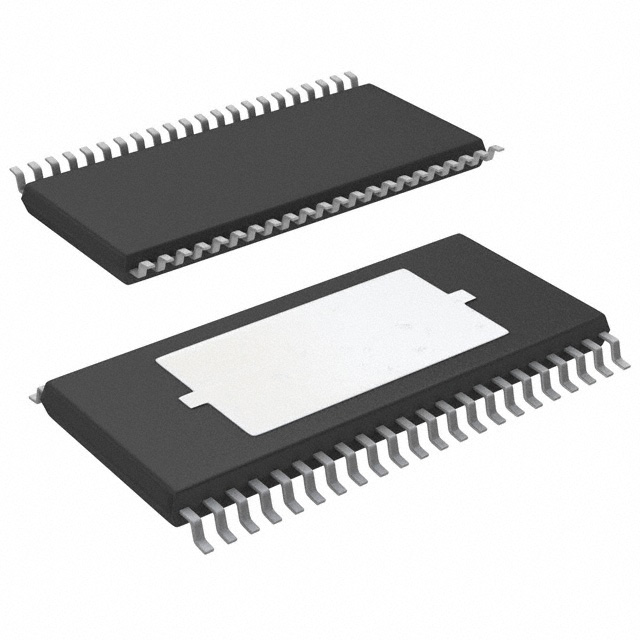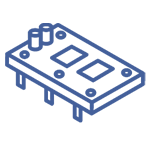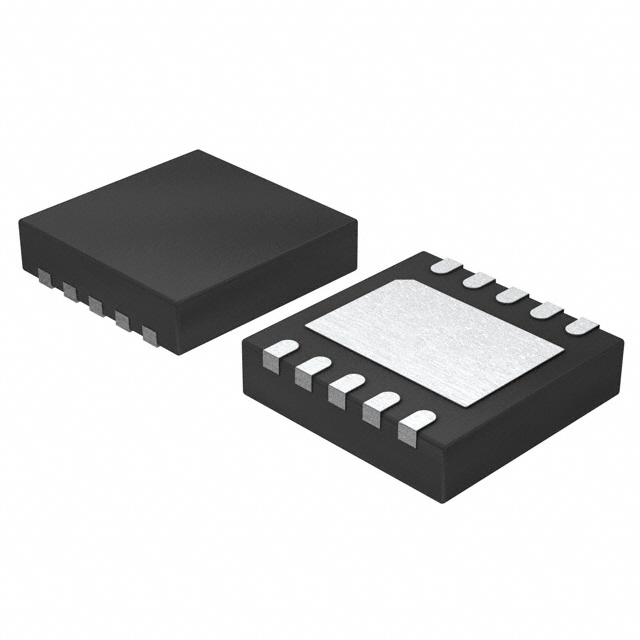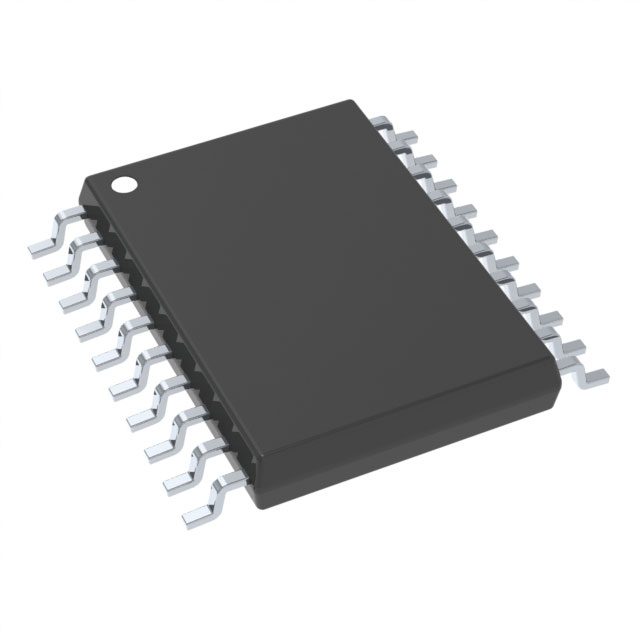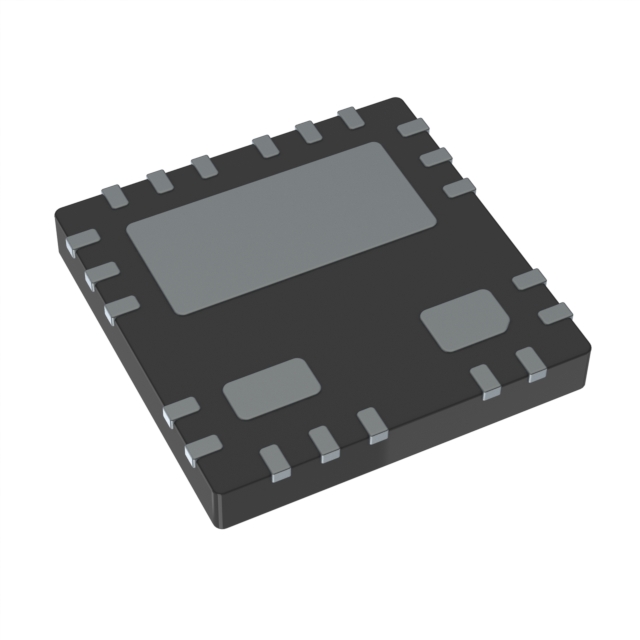Categories
- Full Half-Bridge (H Bridge) Drivers(1,249)
- 1
- 2
- 3
- 4
- 5
- 6
- 63
What is Full Half-Bridge (H Bridge) Drivers ?
Devices in the bridge driver PMIC (Power Management Integrated Circuit) family include two or more power transistors, along with the necessary circuitry to operate them as switches controlled by an external device. The transistors are usually arranged internally as series-connected pairs, called half-bridges, so the junction between each pair can be connected to either of two power supply rails. These devices are often used to convert low-level signals from a control device, like a microcontroller, into higher power signals needed to run actuators, such as stepper or brushless motors.
An H-bridge driver is a circuit typically used to control the direction of a DC motor or other load that requires bi-directional control. It is named for the “H” shape formed by the circuit design. A complete H-bridge driver is capable of switching the polarity of the voltage applied to a load to rotate it in either direction.
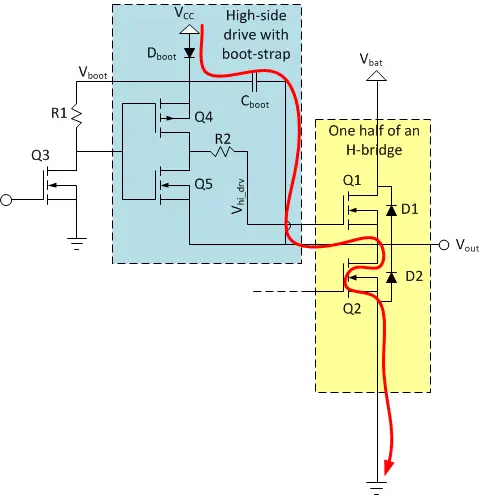
Features and Components of Full Half-Bridge (H Bridge) Drivers
Four Switches A full H-bridge circuit consists of four switches (usually transistors such as MOSFETs or BJTs). These switches are arranged in pairs: two on the high voltage side and two on the low voltage side.
CURRENT DIRECTION CONTROL: By toggling pairs of switches, current can flow through the load in either direction, thus controlling the direction of the motor.
PWM Control: Pulse Width Modulated (PWM) signals are commonly used with H-Bridge drivers to control motor speed by varying the duty cycle of the applied voltage.
Full H-bridge operation:
Forward: Opens a pair of switches (e.g., left high side and right low side) to allow current to flow through the load in one direction.
Reverse: Opens a pair of opposing switches (e.g., right high side and left low side) to reverse current flow, thereby reversing motor direction.
BRAKE: Open both low side switches to short circuit the motor terminals and brake the motor.
STANDBY: Turns off all switches to stop current flow.
Half H-Bridge
The Half H-Bridge consists of only two switches and can only control current in one direction, so another half-bridge is needed to complete the bi-directional control of the Full H-Bridge.
Applications of Full Half-Bridge (H Bridge) Drivers
DC Motor Control: Widely used in robotics, remote controlled vehicles and automation systems.
Actuators: Used to control the motion of actuators in a variety of industrial and consumer applications.
Power Inverters: In high power applications, full H-bridge drivers are used to invert DC to AC to drive motors or inverters.







